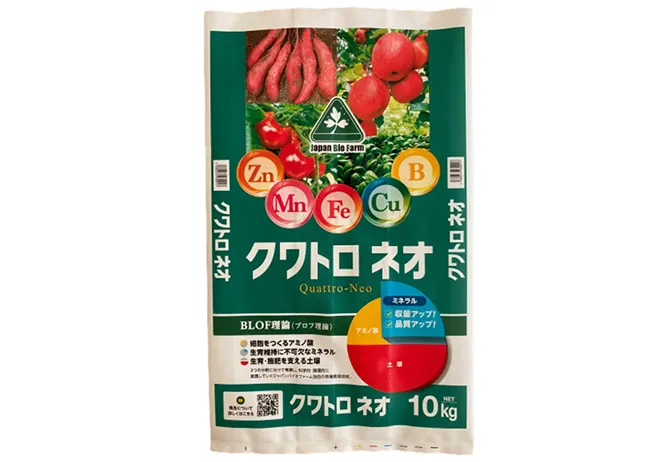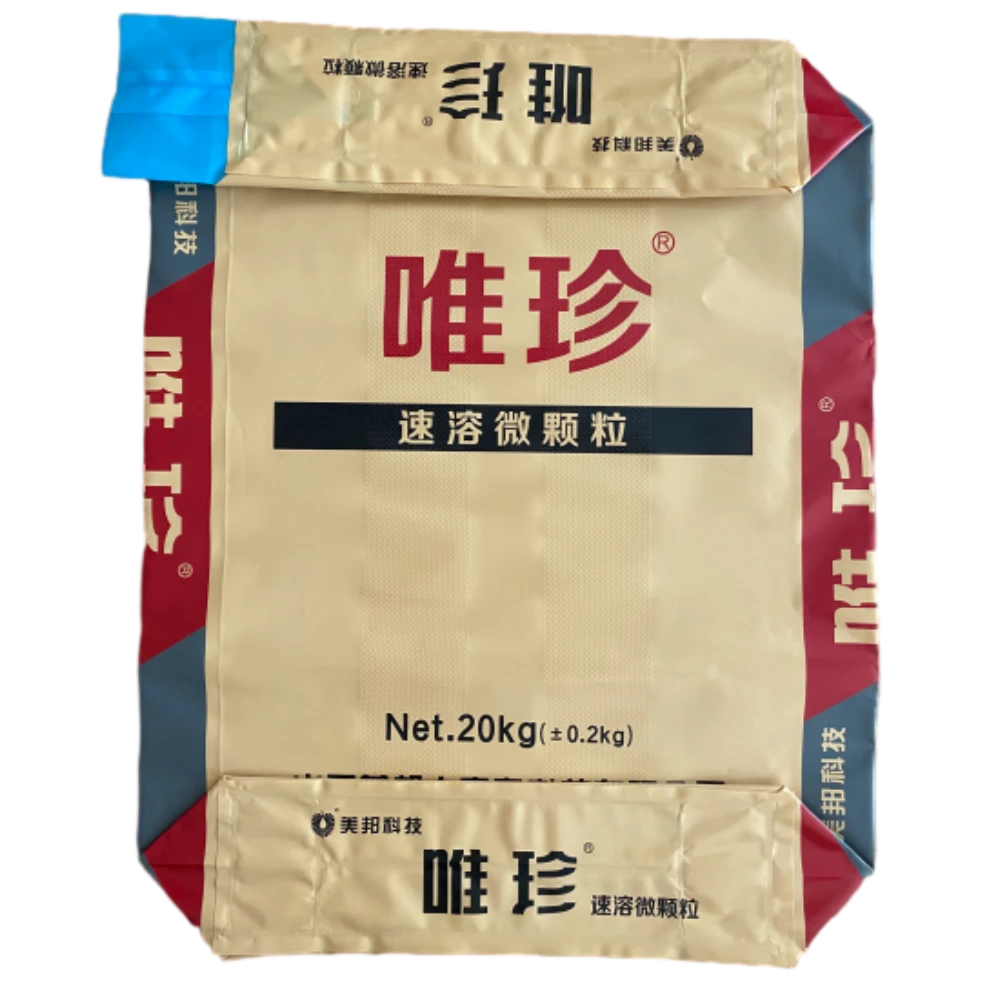- Introduction to Plastic Air Bag Packaging and its Growth
- Technical Innovations and Data Impacting the Market
- Comparative Analysis of Leading Plastic Packaging Manufacturers
- Customization Options and Value-Added Solutions
- Application Scenarios with Real-World Case Studies
- Environmental Considerations and Future Prospects
- Conclusion: Why Choose Plastic Air Bag Packaging Solutions

(plastic air bag packaging)
Plastic Air Bag Packaging: Evolution and Industry Dynamics
With the exponential growth of e-commerce, logistics, and supply chain industries, the demand for effective protective packaging solutions has soared. Plastic air bag packaging stands out as an optimal choice, offering unparalleled protection for various goods during transit and storage. The unique characteristics of these materials—lightweight yet remarkably resilient—make them ideal for securing fragile items, electronics, and consumables. As global shipping volumes reached 150 billion parcels in 2021 (Pitney Bowes), the need for reliable packaging technologies continues to rise, reflecting a market projected to grow at a CAGR of 6.8% from 2023 to 2028 (IMARC Group).
Air-filled protective bags leverage modern polymer science, turning simple plastic films into advanced cushioning materials that can absorb shocks, resist moisture, and reduce product damage rates. This foundational role in logistics overall efficiency has led leading brands across electronics, healthcare, and automotive sectors to increasingly adopt plastic air bag packaging
for their protective and economic benefits.
Technical Innovations and Performance Data
Major advancements have transformed air bubble plastic packing bag for protective applications. Recent innovations include multi-layer extrusion technology, micro-needle inflation for consistent bubble size, and anti-static films, enhancing protection for both standard and sensitive components. Leading manufacturers utilize high density polyethylene (HDPE) and linear low density polyethylene (LLDPE) for improved tear strength and puncture resistance.
Data-backed insights underscore these products’ market strength:
- Drop test studies show a 65% reduction in breakage compared to traditional paper packaging (Source: SGS Lab Report, 2023).
- Switching to plastic packaging air bags has been shown to cut shipping costs by up to 30% through volumetric weight reduction (DHL Case Study, 2022).
- For electronics, anti-static air bags reduce ESD incidents by 50% versus legacy foams (Electronics Packaging Journal, 2022).
This data cements plastic air bag packaging as not just an incremental, but transformative upgrade for businesses seeking to lower loss rates and optimize costs, without compromising safety or quality.
Manufacturer Comparison: Performance & Sustainability Metrics
To assist decision-makers, the following table contrasts the offerings of four global leaders in plastic air bag packaging based on critical factors:
| Brand |
Material Type |
Burst Strength (kPa) |
Customization Available |
Recyclability |
Certifications |
Global Distribution |
| Sealed Air |
HDPE/LLDPE (3-layer) |
180 |
Yes |
95% |
ISO 14001, RoHS |
70+ countries |
| Pregis |
HDPE/EVA |
170 |
Yes |
90% |
ISO 9001, BRC |
56+ countries |
| Tianjin Zhonghao |
LDPE |
165 |
Yes |
88% |
SGS, REACH |
Asia/Europe/US |
| Storopack |
Recycled PET/PE |
155 |
Limited |
100% |
DIN EN 13432 |
40+ countries |
While all suppliers deliver robust protection, attention varies regarding certifications, sustainability percentages, and material performance. For example, Sealed Air and Pregis score highest for burst strength, while Storopack leads in recyclability, offering fully recycled materials and compostable lines. These variances highlight the importance of aligning supplier selection with specific business needs—be it environmental focus, global shipping reach, or the highest levels of product protection.
Customization: Meeting the Unique Needs of Every Business
One of the primary advantages of plastic air bag packaging and related protective solutions is outstanding customizability. Brands can tailor bag dimensions, film thickness, bubble size, and print options to suit the requirements of each product and logistics chain. Businesses often request:
- Custom Sizes & Shapes: Designed for unique product forms or to fit multi-item kits in a single package.
- Branding & Instructions: On-pack printing for logo visibility or handling instructions.
- Material Innovation: Anti-static, bio-based, or temperature-resistant films tailored for electronics, pharmaceuticals, or perishable goods.
- Inflation Valve Technology: Fast-fill or self-sealing valves to reduce packing time.
By working closely with packaging engineers, retailers and manufacturers can deploy solutions that lower costs, bolster brand identity, and enhance unboxing experiences—all while safeguarding cargo over long-distance or international shipping routes. Increasingly, on-demand packaging equipment enables in-house bag production, further streamlining logistics and reducing inventory overhead.
Protective Packaging in Action: Case Studies Across Industries
To illustrate the versatility of air bubble plastic packing bag for protective applications, consider the following real-world scenarios:
- Consumer Electronics: A major smartphone producer cut screen breakage by 45% globally after switching to custom-fitted air bag packaging for flagship models. Shipment return rates fell below 1.1% (company disclosure, 2022).
- E-commerce Retailer: By implementing automated air bag systems, a Fortune 500 online retailer reduced fulfillment time per package by 22 seconds and slashed material use by 34%. Millions in annual operational savings were documented (internal report, 2021).
- Medical Devices: A European diagnostics manufacturer experienced zero reported damages over one year across high-value test kits sent globally, attributing protection to newly introduced multi-chamber air bags.
- Automotive Components: Shifts to heavy-duty plastic packaging air bags helped an OEM supplier realize a 30% shrink in packaging costs while maintaining stringent compliance for shipments across four continents.
These snapshots showcase the adaptability, economic impact, and reliability of modern air-based packaging solutions across highly regulated and competitive sectors.
Addressing Sustainability: Reducing Environmental Footprint
Environmental responsibility is a pressing concern within the packaging sector. Recent demographic studies suggest 72% of global consumers are willing to pay more for sustainable packaging (McKinsey & Company, 2023). In this context, plastic packaging air bags companies are advancing their portfolios by integrating recycled feedstocks, introducing biodegradable films, and streamlining lifecycle management. Notable initiatives include:
- Increasing post-consumer resin content to over 70% in some product lines.
- Developing oxo-biodegradable and compostable air bags to reduce landfill impact.
- Encouraging closed-loop recycling, especially within controlled logistics ecosystems.
Not only do these efforts lower the carbon footprint and landfill dependency, but they also drive brand loyalty among green-minded B2B and B2C buyers. Companies should assess supply chains holistically to optimize collection, recycling, and overall packaging sustainability strategies.
Conclusion: Embracing Plastic Air Bag Packaging for Tomorrow's Challenges
In an era where shipping volumes multiply and customer expectations for damage-free delivery intensify, plastic air bag packaging delivers a future-ready answer. Its perfect blend of lightweight efficiency, rugged protection, and evolving eco-features offers both immediate and enduring value to businesses worldwide. As technology evolves, so too will the sophistication of air bubble plastic packing bag for protective use, ensuring products arrive intact and enhancing consumer trust. Choosing the right supplier, leveraging data-driven customization, and proactively adopting sustainable practices position enterprises for superiority in global markets. With continuous innovation and a focus on both performance and responsibility, plastic air bag packaging is set to remain at the core of protective logistics solutions for years to come.

(plastic air bag packaging)
FAQS on plastic air bag packaging
Q: What is plastic air bag packaging?
A: Plastic air bag packaging is a cushioning material made of plastic that inflates to protect items during shipping. It's commonly used for fragile products. This packaging absorbs shocks and prevents damage.
Q: How effective is an air bubble plastic packing bag for protective shipping?
A: Air bubble plastic packing bags provide excellent protection by surrounding items with air-filled bubbles. They reduce impact from drops and bumps. Many shippers use them for electronics, glassware, and other fragile goods.
Q: Can plastic packaging air bags be reused?
A: Yes, most plastic packaging air bags can be reused if they remain undamaged after initial use. Simply deflate and store them for future packing needs. This helps reduce packaging waste.
Q: Are plastic air bag packaging materials eco-friendly?
A: While traditional plastic air bags are not biodegradable, some are made from recyclable or biodegradable materials. Check with your supplier for eco-friendly options. Proper disposal and recycling are encouraged.
Q: What sizes are available for air bubble plastic packing bags for protective packaging?
A: Air bubble plastic packing bags come in various sizes to fit different products. Options range from small pouches to large wrap rolls. Custom sizes can also be ordered for specific needs.